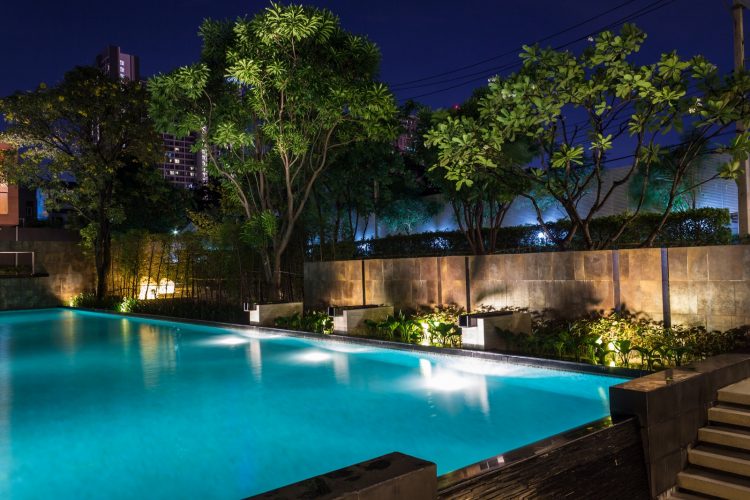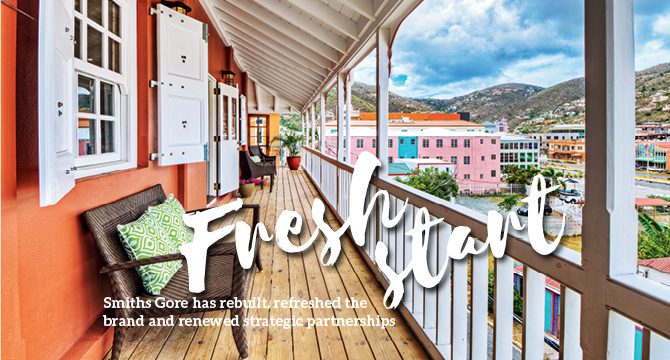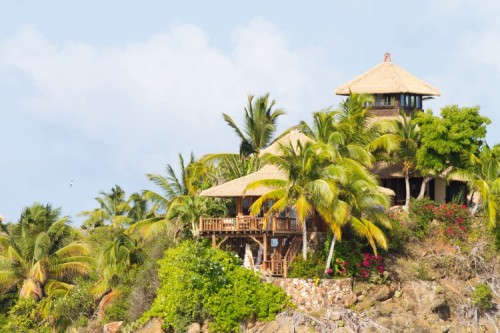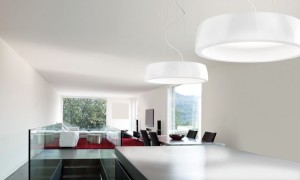Whether you’ve visited the Caribbean in person or viewed images of the region online while surfing the web, the Caribbean is a place that leaves a lasting impression. A big part of Caribbean culture, which makes it so memorable, is its unique architecture. Preserving the historic architectural styles that have shaped the region has required homeowners as well as hospitality designers and developers to become more creative in the aftermath of devastating hurricanes. While it’s no easy task, experts are considering the following elements when designing and rebuilding homes, hotels and resorts in the region in order to retain the legendary Caribbean charm.
The Caribbean’s high winds, heat, rain, and intense humidity profoundly impact the architecture of the region. Heavy rainfalls lead to the sensible choice of gable roofs. Cool Caribbean breezes have led many to adopt large open verandas to take advantage of trade winds. However, in times of extreme weather, the overhangs may capture the wind, causing damage to the connecting roof structures.
OBMI has a team of architects assessing damage to roofs containing these large overhangs and is looking into potential design alternatives which would prevent substantial roof damage caused by them. Concepts currently being reviewed include designs which incorporate a natural breaking point between the overhang and the roof structures, allowing the sacrificial overhang to be lost in the event of severe weather, in this way minimizing or eliminating damage to the primary roof structure.
A design concept that OBMI has utilized for years, is the use of a continuous concrete gutter that hides the eave and fascia. It shields what is considered to be the weakest point of a roof, and by design, the wind is naturally and elegantly directed above it.
Speaking at the 2018 Caribbean Hotel & Resort Investment Summit, Mark Durilat, CEO of Grace Bay Resorts, noted that hoteliers and investors must acknowledge the reality that traveller, investor, and homebuyer expectations for the region sometimes mean building in locations and in ways that are more susceptible to hurricane damage. To meet these expectations means to build closer to the water than recommended and having buildings that may have a certain island charm that doesn’t necessarily follow hurricane-resistant standards.
“In some cases, hoteliers have to be prepared to basically have throwaway buildings as so to keep that charm,” said Durilat. “Like with palapa roofs. Sometimes you have to decide if it blows away it blows away, because that’s what the customer comes for.”
With an eye toward future sustainability, hurricane-resistant standards are now commonplace for new-build homes, hotels and resorts. To retain the allure of the Caribbean felt by both visitors and those looking to build a home here, designers, homeowners and investors must work together to preserve and strengthen Caribbean architecture for years to come with solutions that are both sensible and creative.
[ts_fab]
A version of this piece originally ran on the Caribbean Hotel & Tourism Association Blog.






